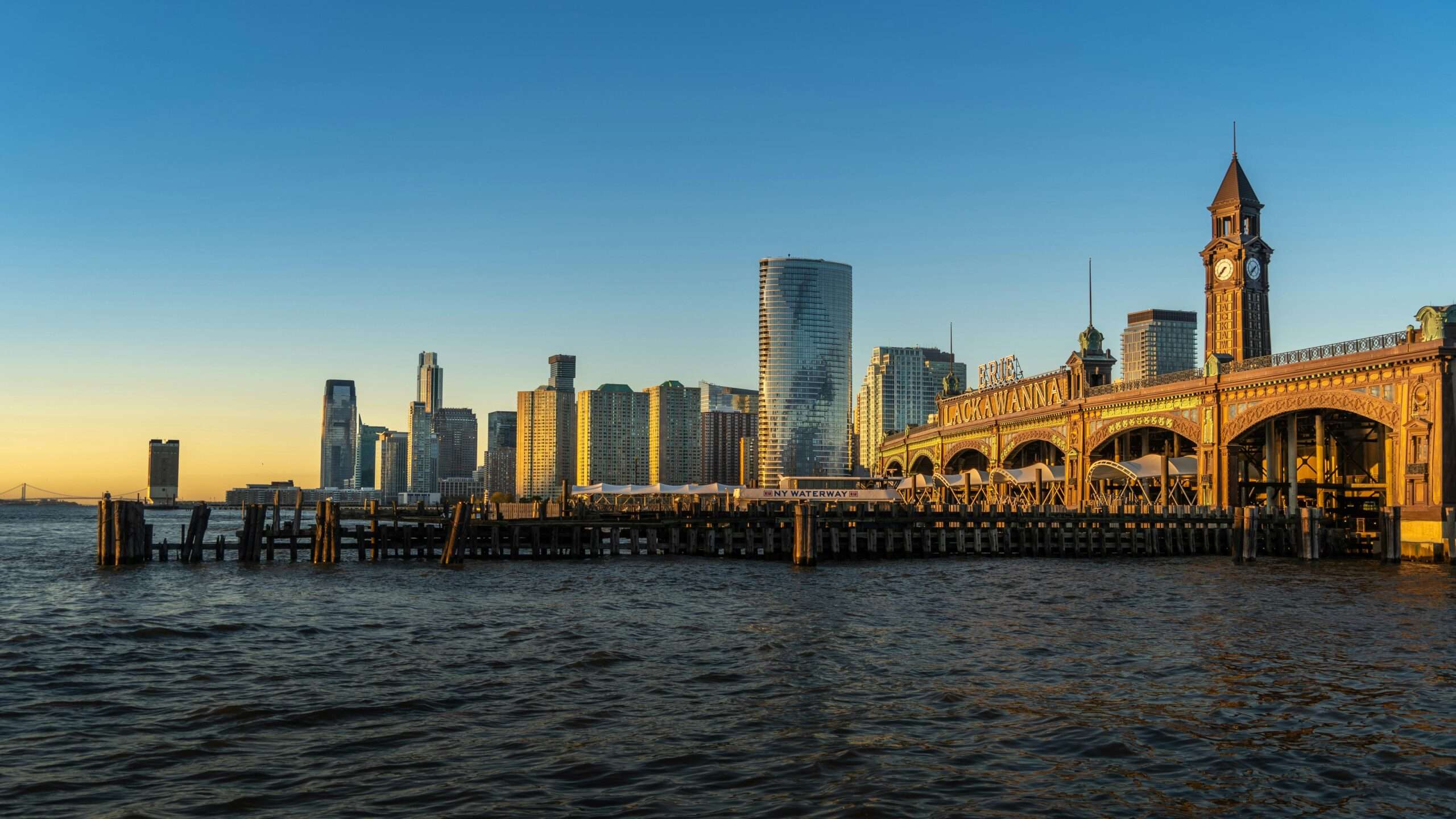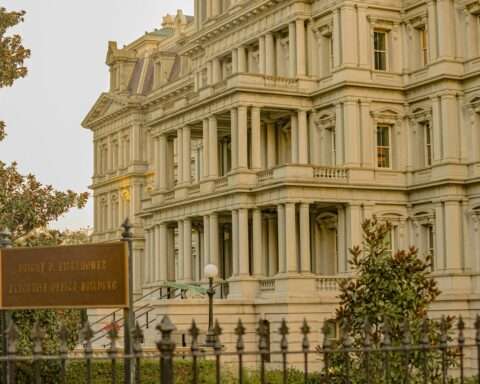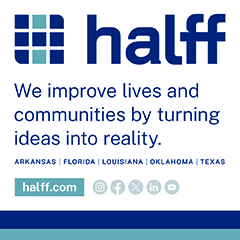New Jersey (NJ) Transit has released a new plan to unlock non-farebox revenue opportunities. The Leveraging Assets for Non-farebox Dollars (LAND) plan, according to officials, could generate up to $1.9 billion in additional revenue over a 30-year period.
The LAND plan provides a roadmap for how to leverage the agency’s 8,000-acre real estate portfolio. It highlights development opportunities and strategic partnerships that officials say could deliver upward of $14 billion in total economic impact and up to 50,000 jobs.
The plan could potentially address a critical affordable housing shortage in the state by adding up to 20,000 new residential units. NJ Transit President and CEO Kris Kolluri described the plan as the single most comprehensive effort for monetizing non-fare assets in the agency’s history.
LAND is broken up into three major legislative efforts, along with several revenue-generating projects. The legislative initiatives are meant to enable the revenue-generating projects to move forward.
The first legislative effort focuses on enhancing the Transit Village Initiative and refining local redevelopment laws. NJ Transit and its partners would strengthen technical assistance provided by the Transit Village Initiative Task Force and work to incentivize municipalities to develop land around transit facilities. The key legislative change would categorize agency-owned parcels within walking distance of transportation facilities as areas in need of redevelopment, creating a pathway for faster project approval.
The second effort focuses on giving NJ Transit more control over development on its own property. The agency would internally prioritize development projects, improve how it delivers those projects and modernize its capabilities. The bigger change would come through legislation that grants the agency authority to make land use decisions on its own property, access financing tools and establish consistent building density and parking standards near transit stations.
The final legislative effort targets removal of regulatory barriers that slow revenue generation. Legislative changes would allow the agency to create and operate its own wetland bank to generate environmental mitigation credits and simplify approval processes for commercial and retail operations on its properties. The agency would also gain authority to set market-based parking rates and expand digital advertising.
With these regulatory changes, several projects are planned that would increase the agency’s non-fare revenue. These include:
- Transit-oriented development: Building residential and commercial developments near stations creates walkable neighborhoods that increase ridership while generating income from property leases or sales. Potential revenue: $780 million to $1.1 billion.
- Industrial hubs: Some agency properties work well for warehousing and logistics operations due to their size, location and infrastructure access. Potential revenue: $150 million to $300 million.
- Temporary uses: Allowing short-term activities like film productions, special events and pop-up markets on agency property and vehicles. Potential revenue: $15 million to $30 million.
- Retail concessions: Leasing space to shops and food vendors inside stations and facilities creates amenities for riders while generating rental income. Potential revenue: $80 million to $100 million.
- Advertising: Selling ad space on digital screens, station walls, buses, trains and through station naming rights. Potential revenue: $40 million to $130 million.
- Parking optimization: Adjusting parking rates at station lots based on demand and location, with some revenue shared with municipalities or private partners. Potential revenue: $170 million to $230 million.
- Wetland banking: Restoring wetlands on vacant agency land generates environmental mitigation credits that can be sold to offset development impacts elsewhere. Land involved: 150 to 170 acres.
- Solar power: Installing solar panels on parking structures, rooftops and other transit properties to generate renewable energy. Potential capacity: 5 megawatts.
NJ Transit plans to roll out the LAND initiatives in phases over the next 5 to 10 years, with initial actions beginning in years 1 and 2. The agency would start by securing legislative authority for land use decisions and expanding the Transit Village Initiative to partner with 10 to 15 municipalities. By years 5 to 10, officials expect to complete projects totaling 14,000 to 20,000 new housing units while generating $20 million in additional annual commercial revenue.
The plan emphasizes collaboration with state legislators, local governments and municipalities, with proposed actions presented as options rather than mandates that respect New Jersey’s home rule principles.
Photo by Pierre Blaché from Pexels













